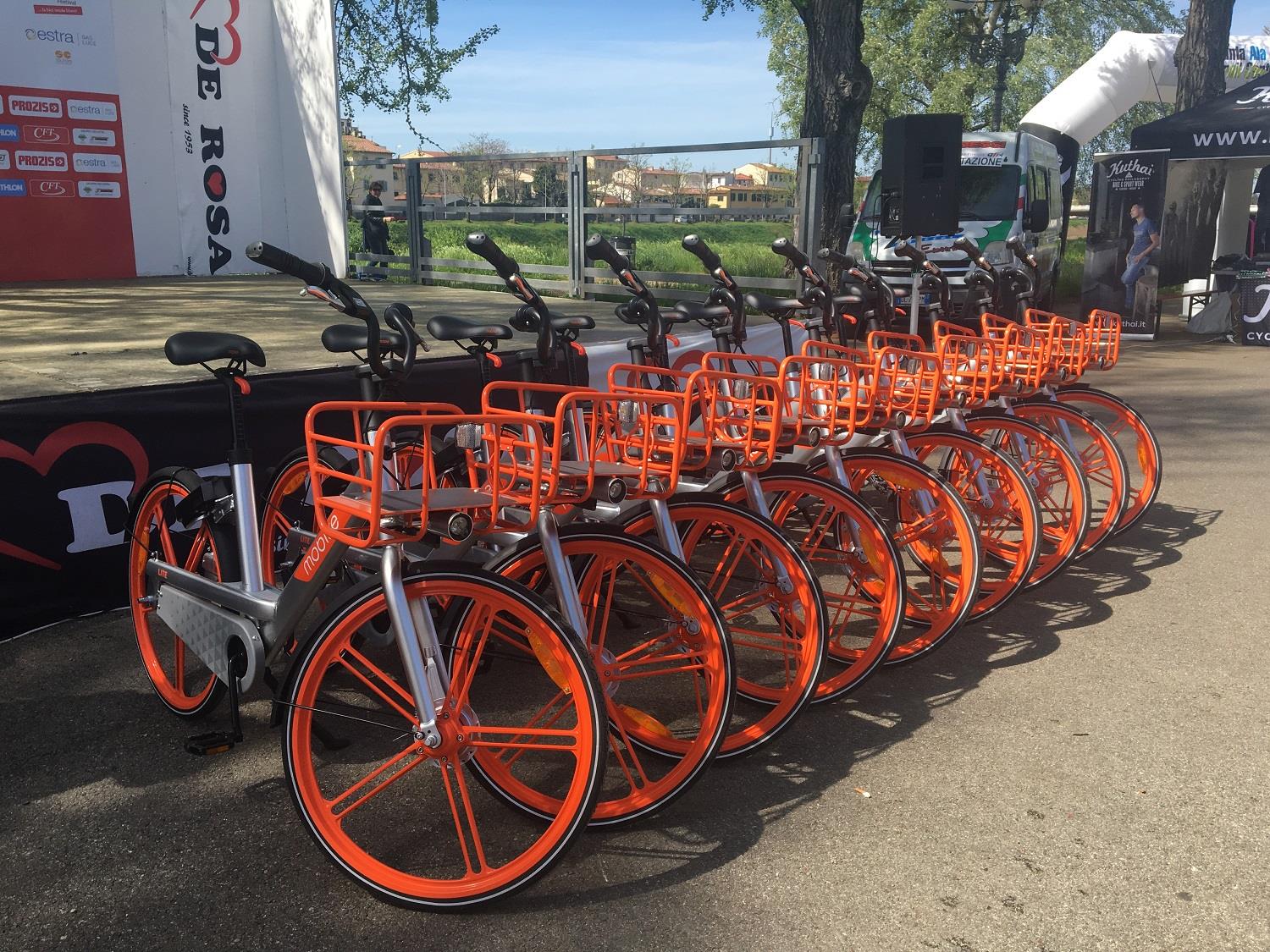When you hear Uffizi, Accademia and David what do you think about? Florence, for sure. For its old history, breathtaking painting, sculpture, and architecture. However, it is also a city projected into the future: the second smart city of Italy according to the last annual ICity Rate report, because of its “cultural attractiveness and digital transformation”, sustainable mobility and energy efficiency solutions.
Many things are going on in the capital of the central region of Tuscany. Giovanni Bettarini, municipal executive for urban development and smart city, recalls that “Florence was the first Italian city to implement free-floating bike sharing. Bikes do not need fixed parking stations; they can be parked all over the city.” This system is perfectly suited to the particular urban structure of Florence’s city centre.
“We put into circulation 4,000 bikes for use. However, as the medieval heart of the city lacks space for the classic bike racks, dematerialisation became our key word,” explains Bettarini. Smartphones and online payment were decisive for the service to take off. The bicycles are equipped with a GPS and a smart lock managed by an application.

Photo credits: Florence Municipality
Bettarini developed this idea during a working trip to Shanghai. He really believes that virtuous exchanges between such different realities represent an added value. Numbers confirm this trend: more than 210,000 people signed up for the bike sharing and peaks of more than 10,000 users per day have been reached. “Replication is absolutely possible when we study and understand on which grounds cities can be compared,” concludes Bettarini.
This is particularly true as well when we look at the modernisation of the urban space. Florence is in a cluster of “follower” cities of the EU project CITyFiED, aimed at replicating solutions for near zero energy districts. The “lighthouse” cities, where these measures have first been tested, are Laguna de Duero, near Valladolid in Spain, Soma in Turkey, and Lund in Sweden.
In its Novoli district, Florence is developing new methods to make existing buildings energy efficient and to lower their greenhouse emissions. Alessandra Barbieri, European project manager for the Municipality affirms: “Following the CITyFIED experience and thanks to the H2020 – SCC1 Replicate project, we are testing a smart district, putting together electrical mobility, IT and energy efficiency actions. The retrofitting and district heating interventions are currently underway: 700 families and 300 apartments, covering over 20,000 m2, are involved. We expect to produce 750 MWh per year from solar energy. This will then be put into a seasonal thermal storage. Four hundred and fifty tonnes per year of CO2 will be saved thanks to energy savings and renewables.”
Barbieri underlines how, thanks to the shared experience of the partner cities and replication opportunities, Florence is developing other green actions such as the smart lighting. “This innovation allows a better perception of colours and visibility at night, thanks to the passage from the orange light of the old sodium and mercury lamps to the white light of the high colour rendering LED. This improves the road safety because it increases the possibility, for those who drive and are out at night, to better distinguish obstacles and road signs.”
Thanks to this operation 2.2 million euro will be saved, with the city's electricity bills dropping from 5.2 million to 3 million euro. Consequently the costs will decrease by 40% for the same amount of light emitted. Also annual energy consumption will fall from 21.8 million to 10 million kilowatt hours.
Beyond the actual energy savings from led systems, lampposts act as "intelligent" objects able to host added services such as free Wi-Fi, video surveillance, environmental and acoustic monitoring systems.
Many changes are impacting public transport too. Lorenzo Perra, municipal executive for the budget, European projects and funds, explains: “Some 450 million euro was invested in the last two tram lines built in 2014-2019. Around 1,900 people were employed during the construction and 430 employed during the management phase. We expect 37 million passengers a year on the trams, meaning 20,000 fewer cars, and less than 14,000 tonnes of CO2 emissions per year.”
Since 2018 the first deployment of the smart city control room has played the role of central interconnection of the new services. “This cabin is used for managing the city every day, improving mobility and coordinating major events,” concludes Perra.
The constant need for new, modern solutions is also driven by the enormous number of tourists that Florence has to manage. It is one of the most visited cities in the world, with around 14 million tourists per year. Several initiatives have been launched, such as an app to skip queues and allow visitors to better plan their tours, or another one to suggest events of interest to the users. By using big data and increasingly smart algorithms, it will be possible to guide tourist flows, allowing them to make the best use of the available time and maybe discover some hidden rarities that sometimes overlooked in a hasty and rushed visit.
By Anna Maria Volpe
5 March 2019